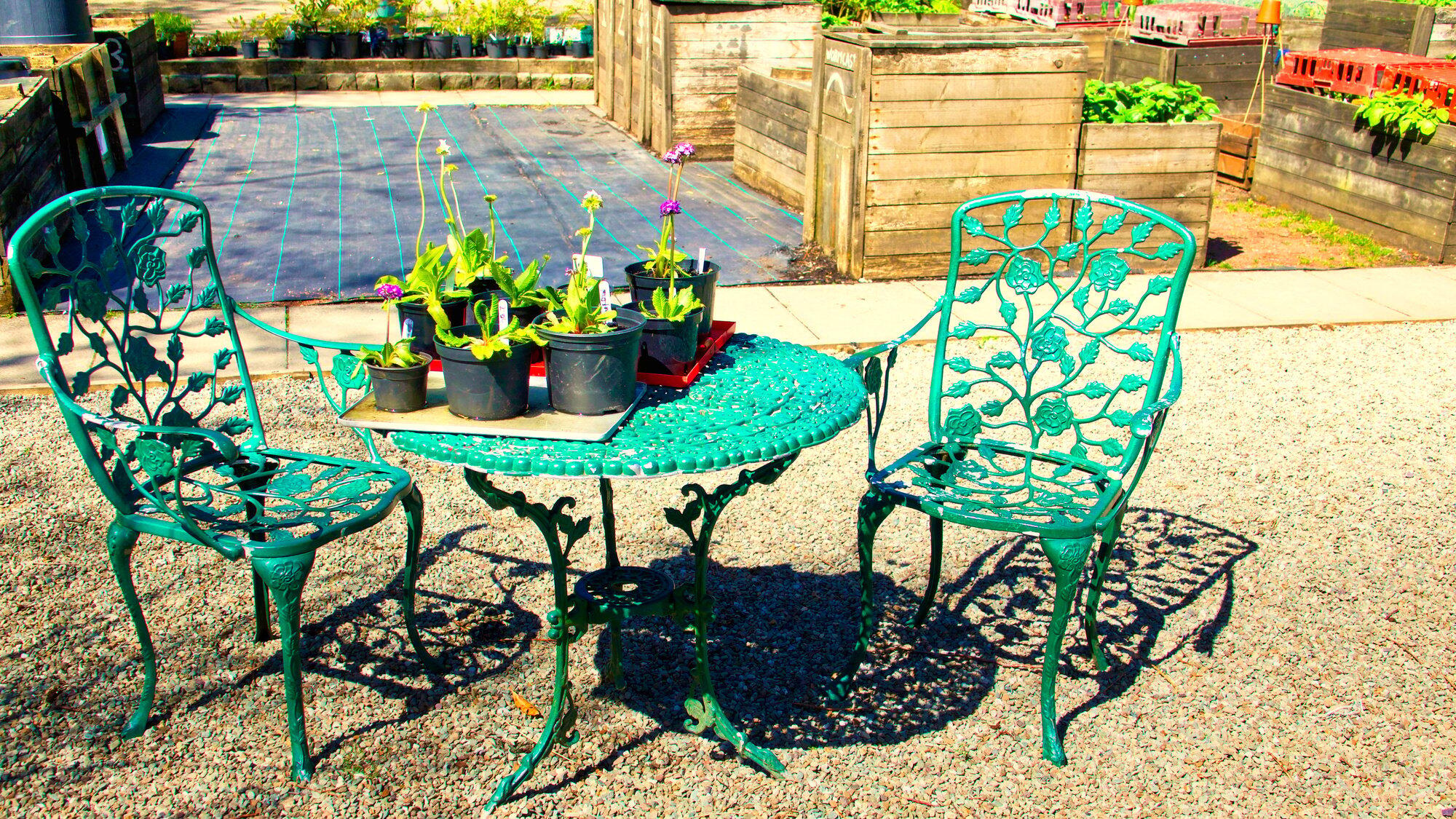In the hustle and bustle of everyday life, it’s easy to overlook the quality of the air we breathe within our homes. Adequate ventilation is not just about maintaining a pleasant living space; it’s crucial to promoting overall health. In this comprehensive guide, we’ll delve into the significance of home ventilation and offer practical advice on how to guarantee that your living environment is infused with a breath of fresh air.
Recognizing the Significance of Home Ventilation
Ventilation involves the process of introducing fresh outdoor air into a building while expelling stagnant indoor air. This fundamental process serves several vital purposes:
- Air Quality: Indoor spaces can accumulate pollutants like dust, pet dander, and volatile organic compounds (VOCs) from household items. Proper ventilation is essential for diluting and removing these pollutants, ensuring a cleaner atmosphere for your family.
- Health Benefits: Good indoor air quality is closely linked to improved respiratory health and a reduced risk of respiratory illnesses. Effective ventilation also mitigates the growth of mold and mildew, which can lead to allergies and respiratory issues.
- Moisture Control: Ventilation plays a pivotal role in managing humidity levels. Excess moisture can foster mold growth, impacting both air quality and potential health risks.
Strategies for a Well-Ventilated Home
- Natural Ventilation:
- Cross-Ventilation: Strategically position windows and doors on opposite sides of your home to facilitate the natural flow of air.
- Stack Ventilation: Leverage the principle of hot air rising by designing your home to allow warm air to escape through high windows or vents, drawing in cooler air from lower openings.
- Mechanical Ventilation:
- Exhaust Fans: Install exhaust fans in areas prone to high humidity, such as bathrooms and kitchens, to eliminate excess moisture and odors.
- Whole-House Ventilation Systems: Explore mechanical ventilation systems like heat recovery ventilators (HRVs) or energy recovery ventilators (ERVs) that exchange indoor and outdoor air while maintaining energy efficiency. Consider enhancing your home’s ventilation system by incorporating a solar powered attic fan installation, harnessing renewable energy to optimize airflow and promote a healthier indoor environment.
- Regular Maintenance:
- Clean Air Filters: Routinely clean or replace air filters in heating, ventilation, and air conditioning (HVAC) systems to ensure optimal airflow.
- Duct Cleaning: Periodically clear out dust and debris from ductwork to maintain a clean and efficient ventilation system.
- Use of Air Purifiers:
- HEPA Filters: Consider employing air purifiers equipped with High-Efficiency Particulate Air (HEPA) filters to capture airborne particles.
- Plants: Introduce indoor plants known for their air-purifying qualities, such as spider plants, peace lilies, or snake plants.
- Control Humidity Levels:
- Dehumidifiers: Employ dehumidifiers in areas with high humidity levels, such as basements, to prevent mold growth.
- Ventilate During Activities: Ensure proper ventilation during activities that generate moisture, like cooking or showering.
- Smart Home Solutions:
- Smart Ventilation Systems: Explore modern smart home solutions that allow you to remotely control ventilation systems, adjusting airflow based on real-time conditions and personal preferences.
- Air Quality Monitors: Install air quality monitors to stay informed about indoor air quality and receive alerts prompting necessary ventilation adjustments.
Maintaining a well-ventilated home is not just a matter of comfort; it’s a commitment to the health and well-being of your household. By incorporating natural and mechanical ventilation strategies, practicing regular maintenance, and embracing modern technologies, you can ensure that your home becomes a sanctuary filled with fresh, clean air. Armed with these tips, you’re well on your way to creating a healthier and more comfortable living environment for yourself and your loved ones.



